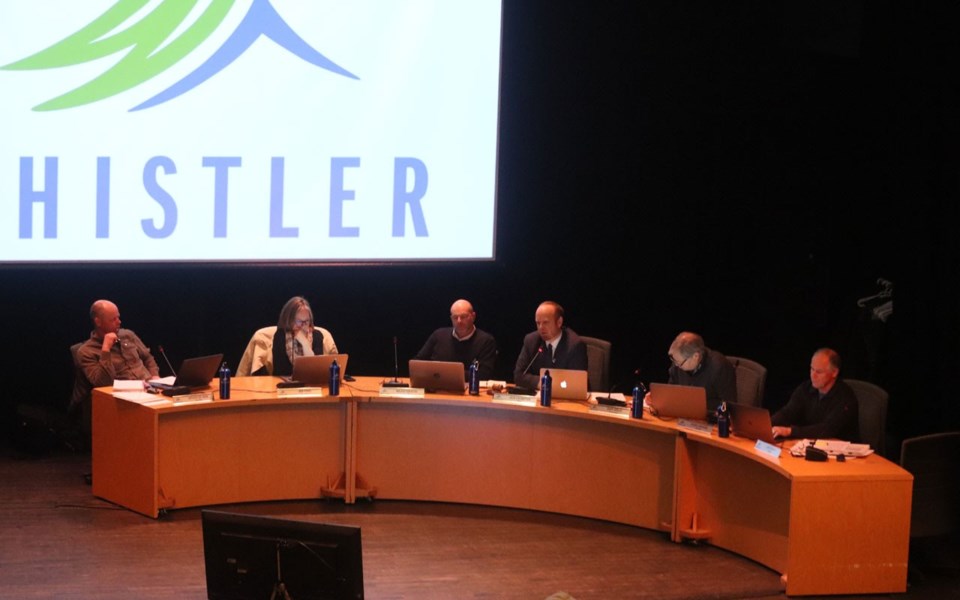An infill housing application led to an extended "philosophical" discussion on housing at the Feb. 26 council meeting.
The proposal would allow the owners to subdivide their lot in Emerald into one employee-restricted lot and one market lot, but was met with opposition by some adjacent property owners.
Exploring the potential of infill housing was one of seven recommendations from the Mayor's Task Force on Resident Housing (an initiative of the previous council), and has been an official municipal policy since 2008.
For Councillor Jen Ford, the application brought back some memories.
"The last time we saw an infill property in Alpine, I learned a hard lesson," Ford said (see https://www.piquenewsmagazine.com/whistler/denied-varience-permit-raises-questions-for-whistler-family/Content?oid=2751900).
"In creating this second lot it allows an employee-covenanted ownership lot to be created, and right now we're struggling with the very top end of the employee-restricted inventory, and the very bottom of market, and that gap has grown.
"So I love this ... there is definitely work (that) remains on the infill policy as a general rule, but this creates incentive for big, underutilized lots to achieve affordability within their own property, and create an affordable property for a member of our community that's on the waitlist for a (Whistler Housing Authority) property."
But with neighbours objecting and no clarity around what will actually be built, Coun. Duane Jackson found it hard to support the proposal.
"It's a good night for philosophical discussions about housing," Jackson joked (a discussion on private-developer housing proposals earlier in the evening lasted more than an hour).
"I don't disagree and I'm not saying I'm against infill housing, I'm saying we haven't developed a refined policy that deals with lots that are unusually shaped, or have compounding impact on a neighbourhood," Jackson said, adding that the variance might be more digestible with some conditions attached to prevent overbuilding.
"I think the concern is on smaller lots, and even in infill neighbourhoods, that some buildings are starting to look bigger, and we're trying to maintain the form and character of neighbourhoods.
"Adding smaller units is no issue in my mind at all. Accommodating residents in neighbourhoods, great. Let's just be thoughtful about how we do it."
Coun. Ralph Forsyth weighed in with some philosophical insights of his own.
"We're never going to know whether infill housing works, because we never approve them," Forsyth said.
"The assumption is always that it's going to be a disaster, and somebody is going to build a 5,000-square-foot house on a parcel that's too small, when the only example we have turned out beautifully—the two skinny lots were subdivided, and two local families got to raise their kids in Whistler, when they otherwise wouldn't have."
For the better part of an hour, council grappled with how to allow the additional housing while maintaining the form and character of the neighbourhood before settling on a compromise: That to receive the variance, the new lots must share access, and the new buildings cannot exceed the density that is currently allowed.




